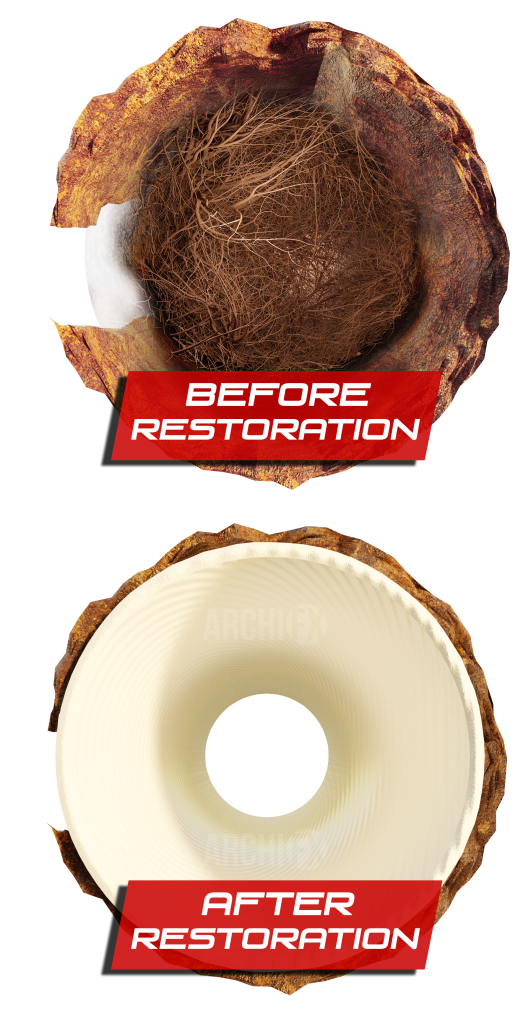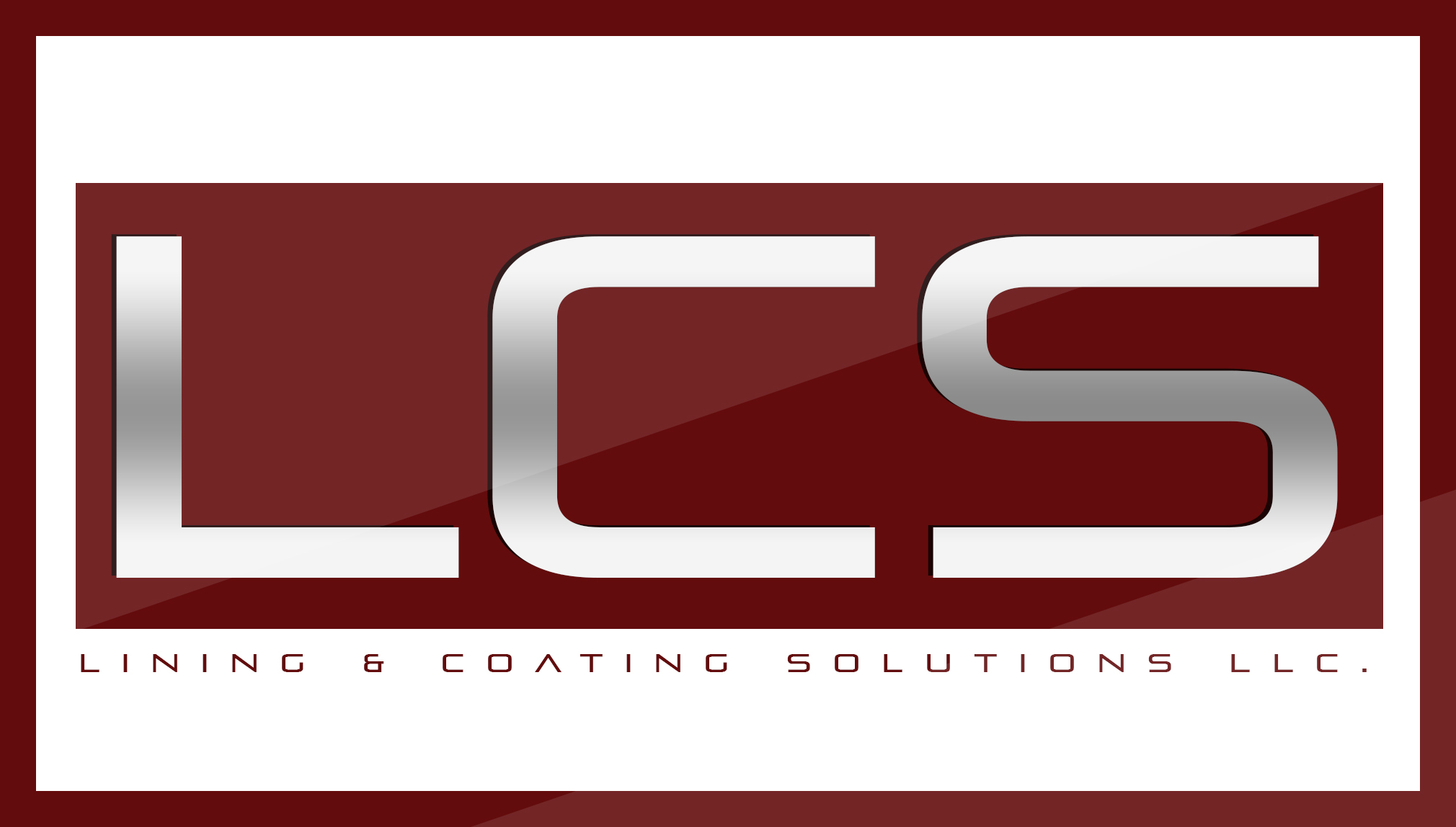Comprehensive Guide to Cured-In-Place Pipelining (CIPP) in New Orleans: Why Lining Coating Solutions is Your Optimal Choice
Introduction to CIPP Technology
Cured-In-Place Pipelining (CIPP) is a state-of-the-art trenchless rehabilitation method used to repair existing pipelines without the need for extensive excavation. This technology is essential in urban environments like New Orleans, where the disruption of daily life and preservation of historic infrastructure are significant concerns. CIPP involves inserting a resin-saturated felt tube into the damaged pipe, which is then cured in place to form a rigid, smooth surface that repairs the pipe from the inside. This method is efficient for repairing leaks, cracks, and

Why Lining Coating Solutions (LCS) for Trenchless Sewer Repair?
Located in the greater Memphis area and serving the MidSouth, including New Orleans, Lining & Coating Solutions (LCS) is at the forefront of implementing CIPP technology for industrial, commercial, and residential projects. With a commitment to minimizing disruption and maximizing efficiency, LCS stands out for several reasons:
Expertise and State-of-the-Art Equipment
Our team of technicians is not only skilled but is also equipped with the latest tools and technology to diagnose and resolve any plumbing issue. We specialize in:
- Trenchless Underground Pipe Lining: Offering a less invasive solution to pipe repair, preserving the integrity of properties and reducing downtime.
- Continuous Pipe Lining: Suitable for longer stretches of pipeline, ensuring seamless repairs and extended durability.
- Pipe Coating: Providing an additional layer of protection against corrosion, abrasion, and chemical damage.
- Mainline Camera Pipe Inspections: Essential for accurately identifying issues within the sewer lines without excavation.
Industrial, Commercial, and Residential Solutions
LCS understands the unique challenges faced by different sectors. Industries and businesses in New Orleans rely on our efficient plumbing solutions to maintain their operations without interruption. Our trenchless technology ensures that the workplace remains undisturbed, allowing employees to focus on their work.
For homeowners, maintaining a functional plumbing system is crucial. LCS’s no-dig solutions mean that families can continue their day-to-day activities without the inconvenience of traditional pipe repair methods. Our techniques are designed to ensure the longevity and reliability of your home’s plumbing system.
Material and Failure Type Specialization
Our approach is tailored to address the specific materials and common failure types encountered in New Orleans’ plumbing systems:
- PVC Pipes: We repair cracks and joint issues using CIPP, restoring full functionality with minimal impact.
- Cast Iron Pipes: Often found in older buildings, these are prone to corrosion and structural degradation. Our lining solutions rehabilitate these pipes, extending their service life.
- Clay Pipes: Susceptible to root intrusion and breakage, our CIPP solutions seal and strengthen these pipes against future damage.
Commitment to Client Needs
LCS is dedicated to understanding and meeting the diverse needs of our clients. We offer comprehensive services, including sewer lining and manhole spraying & coating, tailored to the unique requirements of each project. Our goal is to ensure your plumbing needs are met efficiently and effectively, regardless of the project’s scale.
Cured-In-Place Pipe (CIPP) Technology: A Detailed Overview
Cured-In-Place Pipe (CIPP) technology is a trenchless rehabilitation method for repairing existing pipelines. It is widely used for sewer, water, and industrial pipeline repairs. The process is designed to minimize excavation and disruption, making it an ideal solution in urban areas or sensitive environments. Here’s a detailed look at how CIPP works:
1. Initial Inspection and Cleaning
- Inspection: The first step involves conducting a thorough inspection of the pipeline using closed-circuit television (CCTV) cameras. This inspection helps identify the exact location and extent of damage, such as cracks, leaks, or blockages. It also provides valuable information about the pipe’s material, diameter, and length, which are crucial for designing the CIPP liner.
- Cleaning: Once the inspection is complete, the pipe is cleaned to remove any debris, roots, or obstructions. This step is essential to ensure that the resin in the CIPP liner adheres properly to the pipe walls. Cleaning methods include high-pressure water jetting, mechanical cutting, or other techniques suitable for the type of contamination and pipe material.
2. Liner Preparation
The CIPP liner is made from a flexible, felt-like fabric, which is tailored to fit the specific dimensions of the pipe being repaired. This liner is then impregnated with a thermosetting resin, such as epoxy or polyester. The resin saturation process is carefully controlled to ensure the liner is uniformly coated, taking into account factors like the pipe size, shape, and the specific repair requirements.
3. Liner Installation
- Inversion Method: One common method for installing the CIPP liner is through inversion, where the resin-saturated liner is turned inside out using water or air pressure as it is inserted into the pipe. This pressure pushes the liner through the pipe while also ensuring the resin-coated side contacts the pipe’s interior surface.
- Pull-in-Place: Another installation method is the pull-in-place (PIP) technique, where the liner is pulled into position within the pipe using a cable or rope. Once in place, the liner is expanded to fit tightly against the pipe walls.
4. Curing the Resin
After the liner is correctly positioned, the resin needs to be cured to form a hard, structural layer inside the existing pipe. The curing process can be initiated by:
- Heat: Hot water, steam, or UV light is used to activate and accelerate the resin curing process. The heat promotes a chemical reaction in the resin, causing it to harden.
- Ambient Curing: Some resins are designed to cure at ambient temperatures without additional heat. However, this process is generally slower and less commonly used.
5. Service Reinstatement
Once the resin is fully cured, and the new pipe within a pipe is solid, end seals are installed, and any connections to the repaired pipe are reopened. For sewer lines, this often involves cutting openings in the CIPP liner to reinstate lateral connections. This can be done using robotic cutters controlled remotely to ensure precision.
6. Final Inspection
A final CCTV inspection is conducted to verify the quality of the repair and ensure that the liner has properly adhered to the pipe walls, that all connections have been accurately reinstated, and that the flow capacity meets or exceeds original specifications.
Summary
The CIPP process offers a less intrusive, efficient, and cost-effective solution for repairing damaged pipes, extending their lifespan without the need for extensive excavation. This technology is adaptable to various pipe materials and diameters, making it a versatile option for pipeline rehabilitation.
For businesses and homeowners in New Orleans, the integrity of plumbing systems is non-negotiable. Lining & Coating Solutions provides an unmatched level of expertise, technology, and customer service in the application of Cured-In-Place Pipelining. Our trenchless repair methods not only solve current issues but also prevent future problems, ensuring the longevity and reliability of your plumbing infrastructure.
Choose LCS for your next plumbing project to experience the benefits of modern, efficient, and minimally invasive pipe repair solutions. Contact us today to discuss your needs and explore how we can provide you with the best CIPP lining solutions in New Orleans and beyond. Call us at 888-345-5112.

